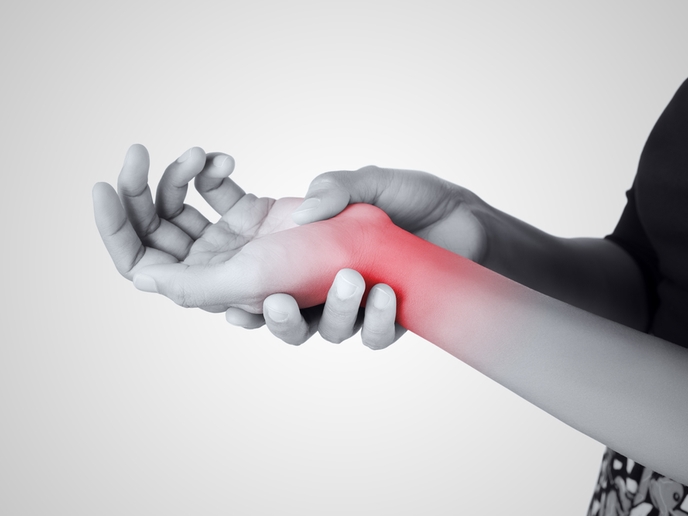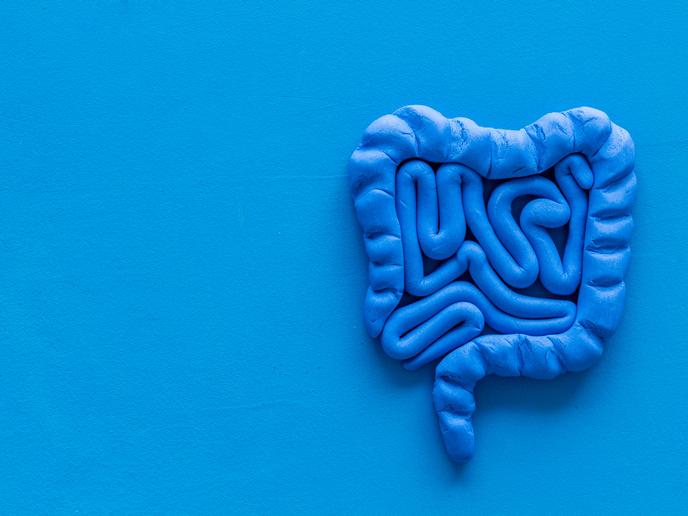Neuropathic pain: better understanding risk factors to improve treatment
We know a few things about neuropathic pain – for instance the fact that patients with diabetes or undergoing chemotherapy are more likely to experience it. Enough to identify countermeasures? Not quite. In fact, the factors turning disease or lesion of the somatosensory nervous system into neuropathic pain have yet to be fully understood. “It’s only relatively recently that dedicated questionnaires and assessment tools were developed to help us differentiate neuropathic pain from other types of pain,” says David Bennett, Professor of Neurology and Neurobiology at the Nuffield Department of Clinical Neurosciences. “In fact, it also took some time for researchers to realise that neuropathic pain is not a unitary condition.” Neuropathic pain used to be primarily defined in terms of damage to the nervous system – its initial cause. But while there is now more emphasis on the mechanisms involved in its generation, characterising the extent of these mechanisms requires studies on large cohorts of patients. Bennet and his colleagues created such cohorts with the help of 12 research centres across Europe. “What we tried to achieve is the stratification of patients into what we call ‘sensory profiles’ based on the location and quality of their sensory symptoms as well as quantitative sensory testing. By doing so, we hoped to shed light on the underlying patho-mechanisms of neuropathic pain,” Bennett explains.
An algorithm to sort patients
Perhaps one of the most notable outcomes of DOLORisk (Understanding risk factors and determinants for neuropathic pain) and other EU projects such as EUROPAIN is an algorithm assigning individual patients to subgroups based on their sensory phenotype. These are characterised by sensory loss, mechanical hypersensitivity and thermal hypersensitivity. Thanks to this algorithm, practitioners can stratify patients suffering from peripheral neuropathic pain in clinical trials and, ultimately, identify optimal treatment strategies. Patient cohorts’ analysis is still ongoing to help predict the risk of developing neuropathic pain, along with analysis of co-morbidities such as disturbed sleep and mood disorders. According to Bennett, early results from the longitudinal cohorts notably emphasise the importance of quality of life and psychological factors in determining the risk of neuropathic pain. “We hope that understanding the genetic risk factors will provide novel treatment targets for the development of analgesics. The paper by Blesneac et al., 2018 provides a good example in relation to the sodium channel Nav1.7 in which we have identified rare variants as being risk factors for painful diabetic neuropathy. By developing human cellular models we can test the efficacy of new drugs such as those being developed to selectively block Nav1.7 ‘in a dish’,” comments Bennett.
Current and future plans
DOLORisk is scheduled for completion in March 2020. The consortium is currently completing the genetic analysis, assessing potential biomarkers such as EEG and trying to optimise its prediction algorithms. “We think that DOLORisk will be a very potent research resource for the future and we would like to continue long-term follow-up of the patients that we have recruited. Moreover, a number of companies have shown interest in DOLORisk because they see the value of using clinical material as a starting point for analgesic drug discovery,” Bennett concludes. Project partners have already agreed to continue to work as a consortium and are currently looking at future funding options to secure the legacy of DOLORisk.
Keywords
DOLORisk, neuropathic pain, algorithm, diabetes, chemotherapy, risk prediction, patient stratification, sensory profiles







